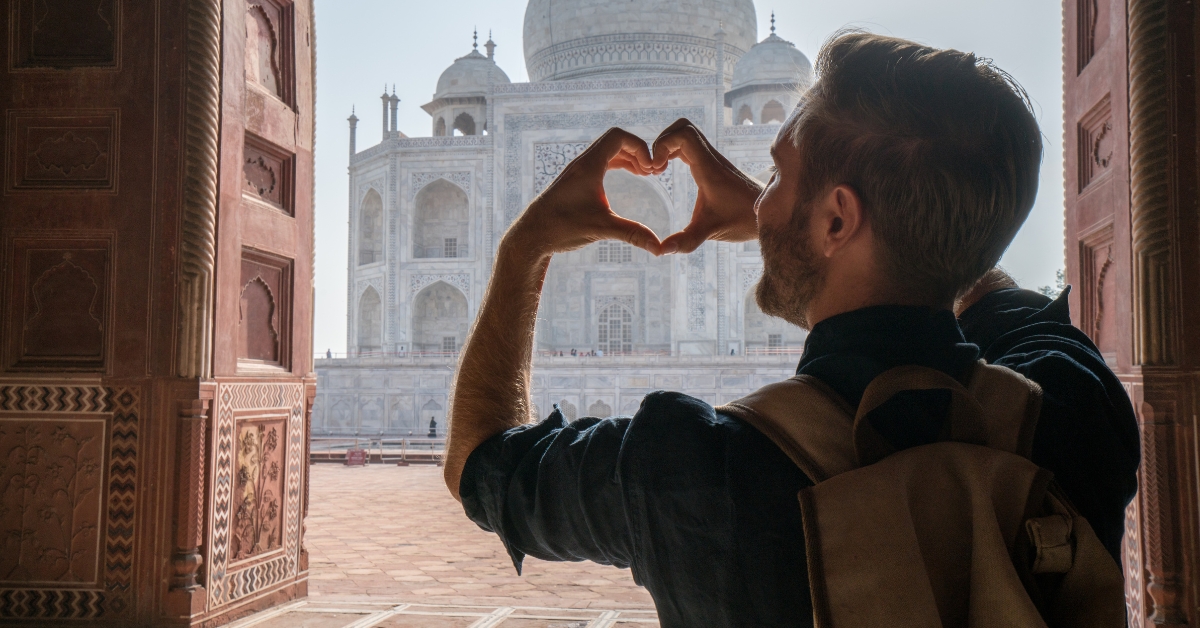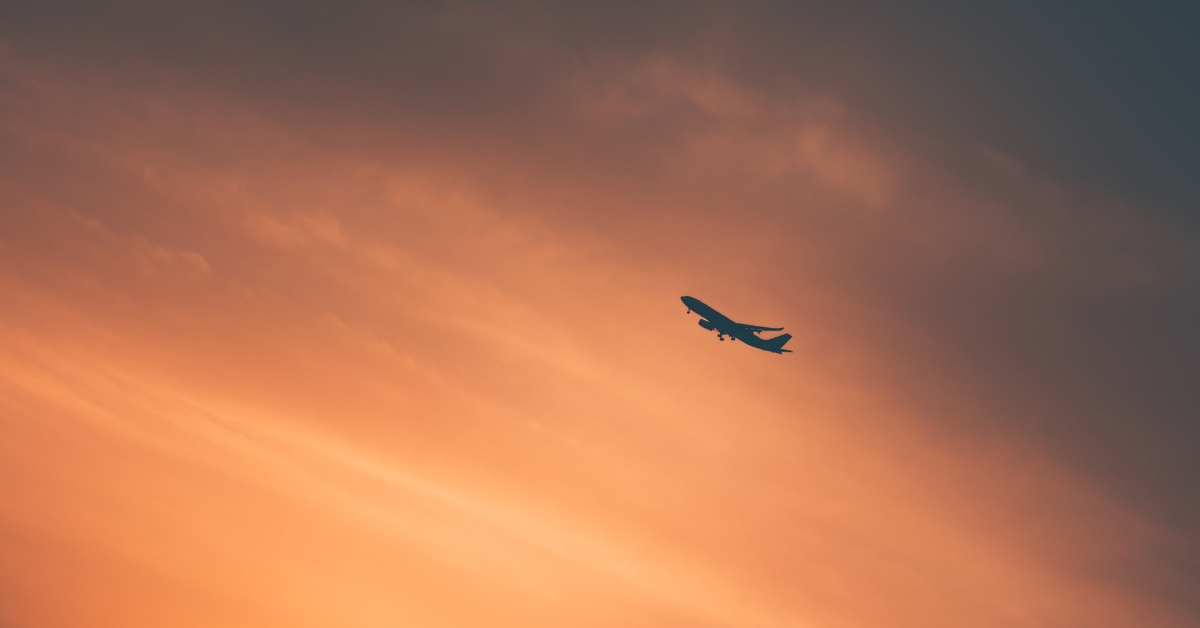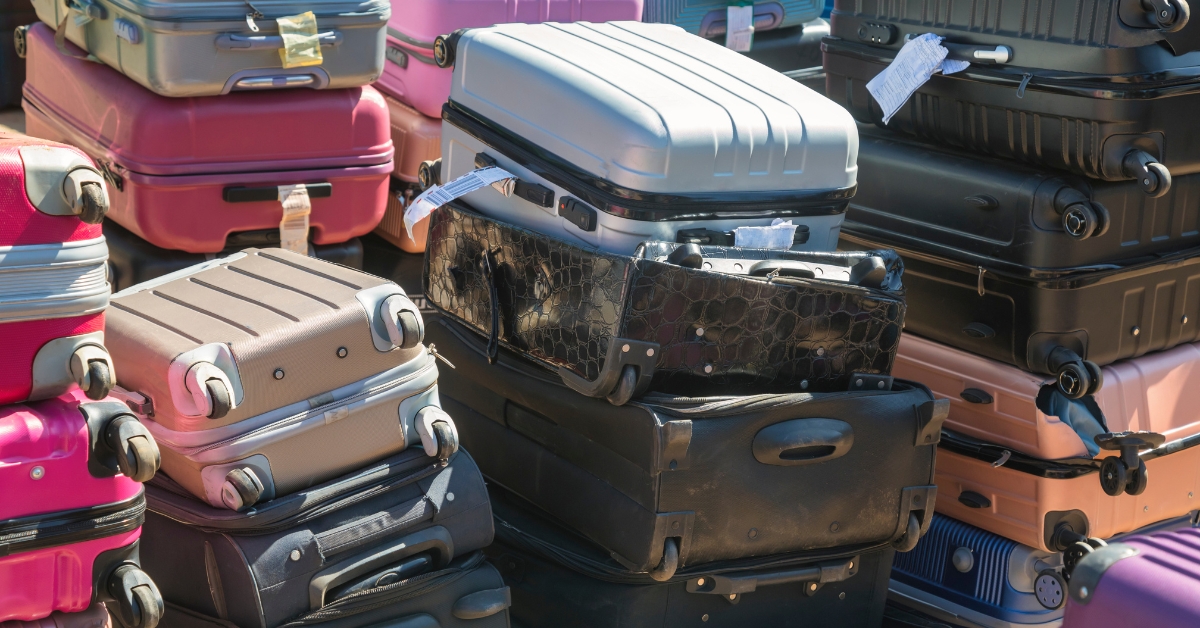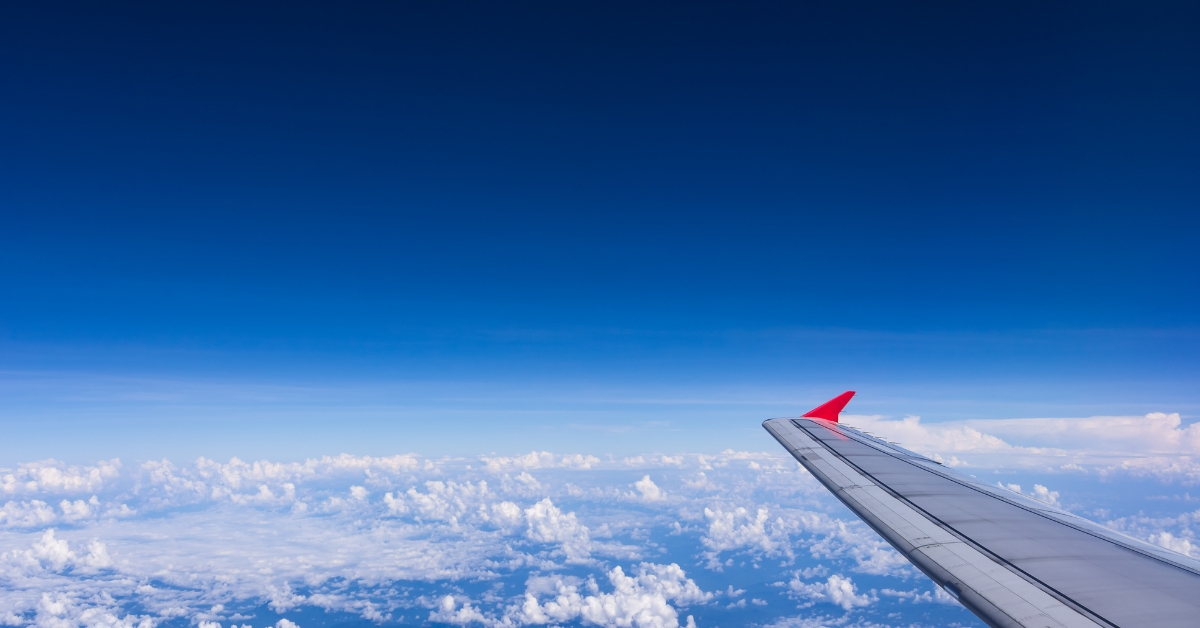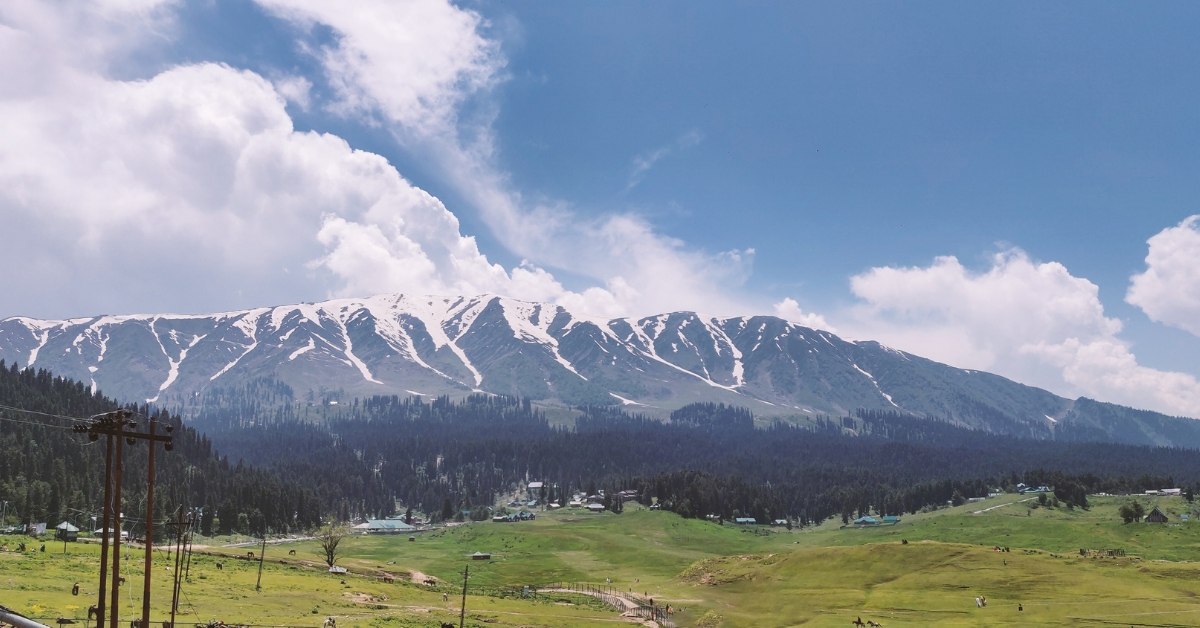Welcome to India, a land of diverse cultures, ancient traditions, and breathtaking landscapes.
As a first-time traveler, exploring this vibrant country can be exciting and overwhelming.
Table of Contents
We have compiled a comprehensive guide with essential tips and advice to ensure a memorable and smooth journey.
From pre-trip preparations to understanding Indian culture, staying healthy and safe, and exploring must-visit destinations, this article will equip you with the knowledge you need for an incredible experience in India.
Preparing for Your Trip
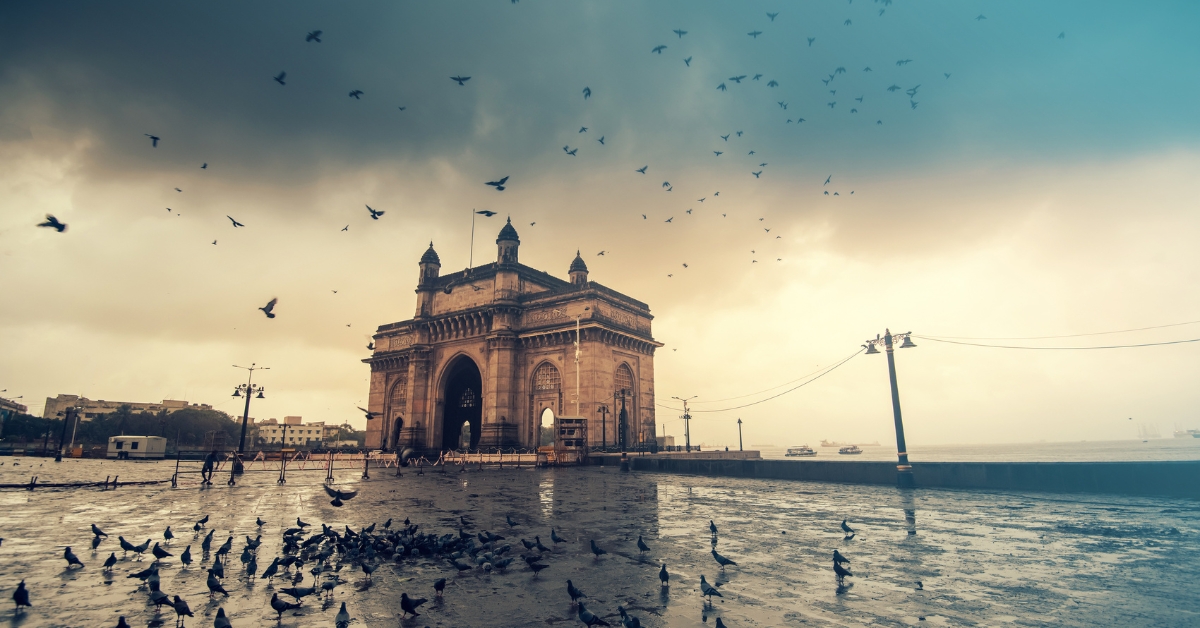
Researching and Planning
Thorough research and planning are crucial before embarking on your journey to India.
First, familiarize yourself with the country’s geography, climate, and popular tourist attractions.
Next, determine the duration of your trip and create an itinerary that aligns with your interests.
Finally, consider the different regions of India, such as North India, South India, or the Golden Triangle (Delhi, Agra, Jaipur), to tailor your itinerary accordingly.
Applying for Visa and Necessary Documents
Obtaining a valid visa is a prerequisite for traveling to India.
Check the official website of the Indian embassy or consulate in your country for specific visa requirements.
Apply for your visa well in advance to avoid any last-minute complications.
Additionally, ensure you have a valid passport with at least six months of validity remaining beyond your planned departure date.
Getting Vaccinations
Protecting your health is essential when traveling to any foreign country. Consult with a travel medicine specialist or your healthcare provider to determine the necessary vaccinations for India.
Common immunizations include Hepatitis A and B, Typhoid, Tetanus, and Polio.
Malaria prevention may also be recommended depending on the areas you plan to visit.
Packing Essentials
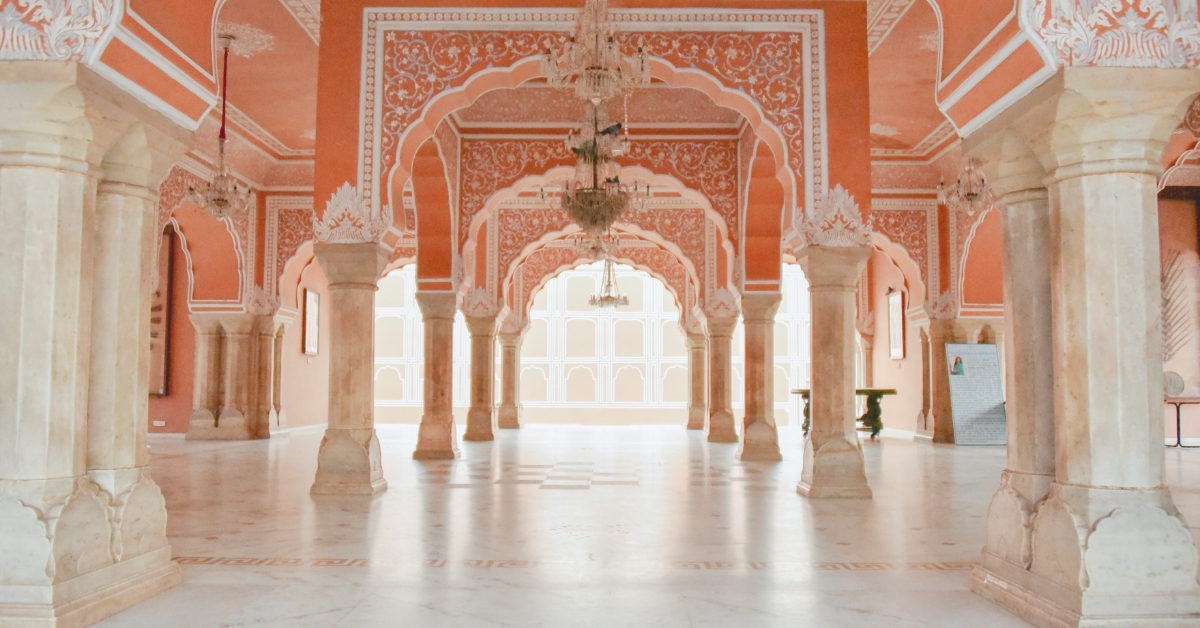
Clothing and Footwear
India experiences diverse weather conditions, so pack clothing suitable for different seasons and regions.
Lightweight and breathable fabrics are recommended, especially during the hot and humid summers.
Remember to pack a scarf or shawl, as it can be useful for visiting religious sites or protecting yourself from the sun. Comfortable footwear is essential for exploring India’s bustling streets and historic sites.
Travel Accessories
Consider packing a few essential travel accessories, such as a universal power adapter, a portable charger, and a travel-sized lock for securing your belongings.
A money belt or a secure bag can help safeguard your travel valuables. Additionally, carry a photocopy of your passport, visa, and other important documents, and store them separately from the originals.
Medications and First Aid Kit
Bring a well-stocked first aid kit with basic medications, bandages, antiseptic creams, and prescription medications.
It is also advisable to carry mosquito repellent, sunscreen, and a hat to protect yourself from insect bites and the harsh sun.
If you have specific medical needs, consult your healthcare provider before your trip to ensure you have an ample supply of necessary medications.
Understanding Indian Culture
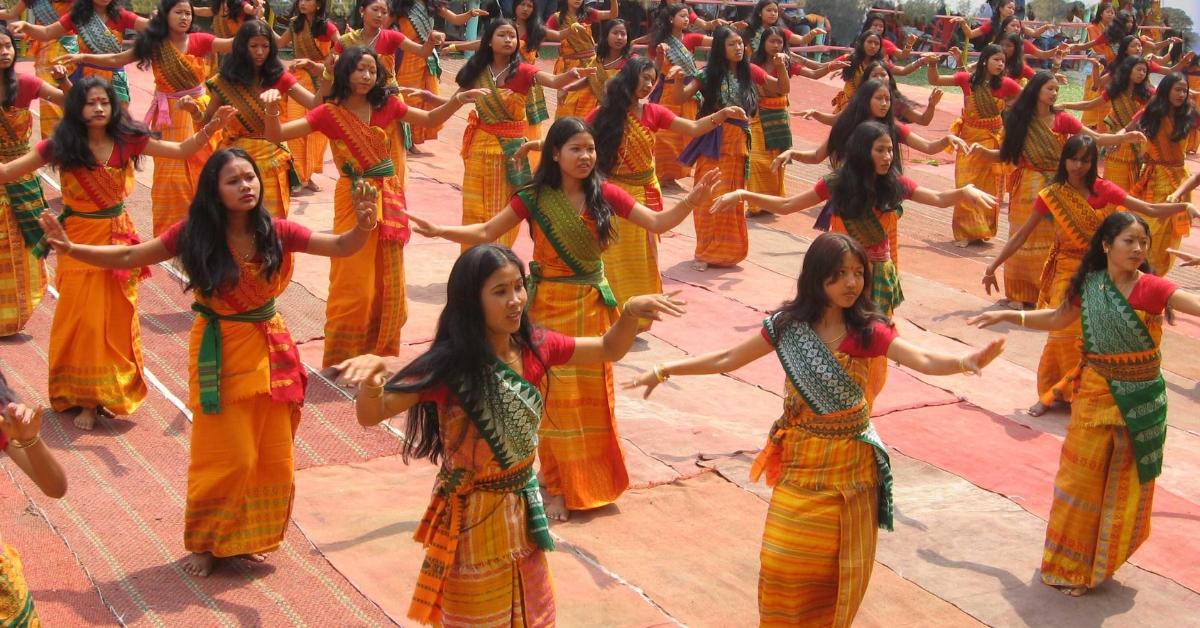
Customs and Etiquette
India is a culturally rich country with diverse customs and traditions. Familiarize yourself with the basic customs and etiquette to show respect to the local culture.
Indians value personal space, so it is important to maintain an appropriate distance when interacting with locals.
Avoid pointing with your feet, and always use your right hand for greetings, eating, and giving and receiving items.
Greetings and Gestures
The traditional Indian greeting is “Namaste,” which involves folding your hands in front of your chest and bowing slightly.
It is a respectful way to greet others, especially when entering religious sites.
Handshakes are also commonly used, especially in more formal settings or with younger generations.
Be mindful of cultural norms and reciprocate greetings accordingly.
Respect for Religious Sites
India is home to various religious sites that hold deep significance for millions.
When visiting temples, mosques, or other places of worship, dress modestly and remove your shoes before entering.
Follow any instructions given by the staff or signage.
Photography may be restricted in certain areas, so always ask for permission before taking pictures.
Staying Healthy and Safe
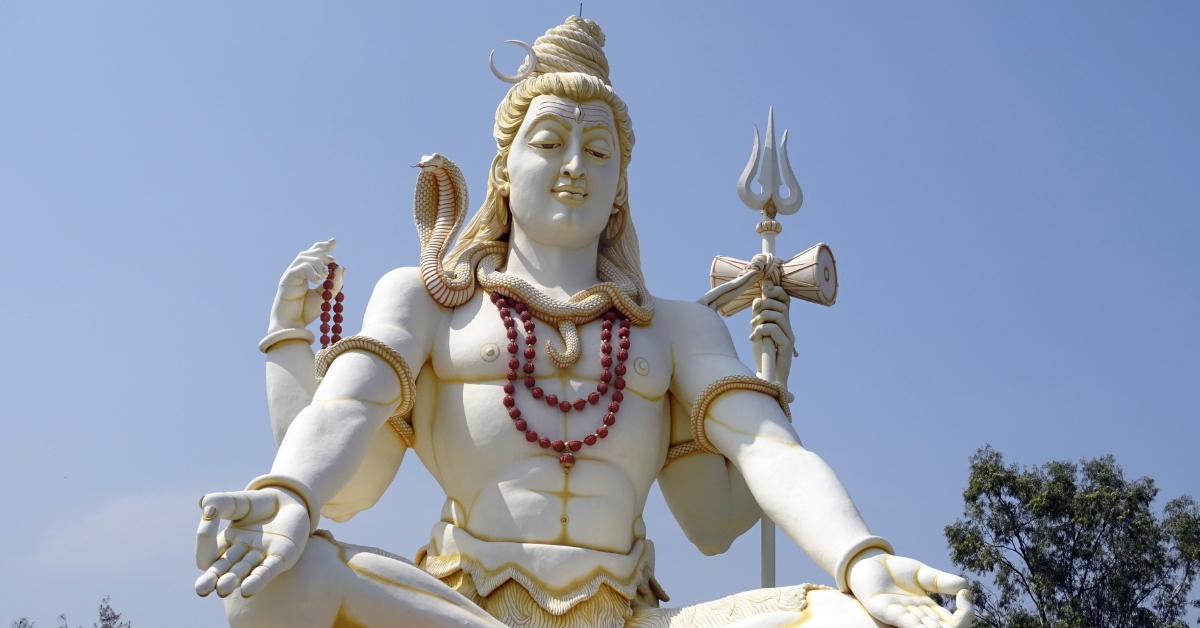
Food and Water Safety
To avoid foodborne illnesses:
- Be cautious about what you eat and drink in India.
- Stick to bottled water or opt for boiled and filtered water.
- Avoid consuming raw or unpeeled fruits and vegetables unless they have been washed thoroughly.
- Choose reputable restaurants and street food vendors with high customer turnover to ensure food freshness and hygiene.
Personal Safety Tips
While India is generally a safe destination, taking certain precautions is important to ensure your personal safety.
First, be vigilant with your belongings, especially in crowded areas, and avoid displaying expensive items.
Use reliable transportation options, such as pre-booked taxis or ride-sharing apps, especially during late hours.
Finally, trust your instincts and be cautious when interacting with strangers.
Travel Insurance
Obtaining comprehensive travel insurance is highly recommended before visiting India.
Travel insurance can cover medical emergencies, trip cancellations or interruptions, lost or stolen belongings, and other unforeseen circumstances.
Please read the policy terms and conditions carefully to understand the coverage provided and ensure it meets your specific needs.
Transportation and Getting Around
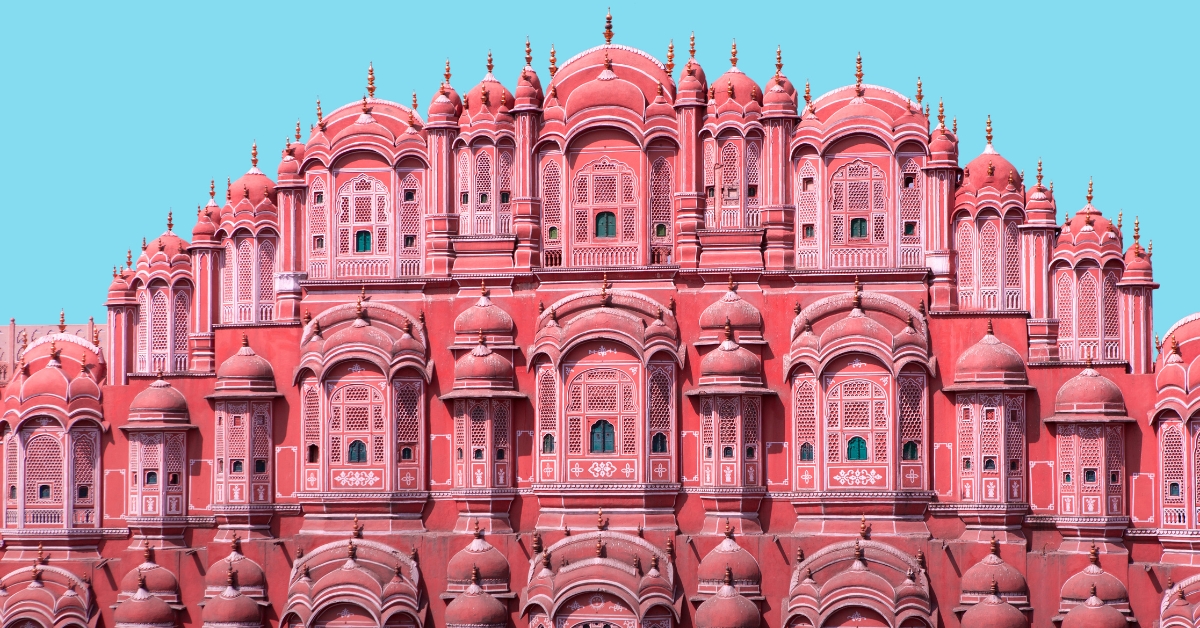
Public Transportation
India has an extensive public transportation system, including buses, trains, and metros, which can be cost-effective and convenient for traveling within cities.
However, be prepared for crowded conditions during peak hours.
Research the local transportation options in each city you plan to visit and consider using apps or websites to check schedules, routes, and fares.
Taxis and Ride-Sharing Apps
Taxis and ride-sharing apps like Uber and Ola are popular modes of transportation in India, offering convenience and reliability.
Always use licensed and reputable taxi services, and ensure the driver uses the meter or negotiates the fare before the journey begins.
For added safety, share the ride details with a friend or family member and sit in the backseat.
Train Travel in India
Train travel is a quintessential Indian experience and an efficient way to explore the country.
However, booking train tickets can be challenging due to high demand.
Therefore, it is advisable to book your tickets well in advance through the official Indian Railways website or authorized travel agents.
Familiarize yourself with the different classes of train travel and choose the one that suits your comfort and budget.
Exploring Indian Cuisine
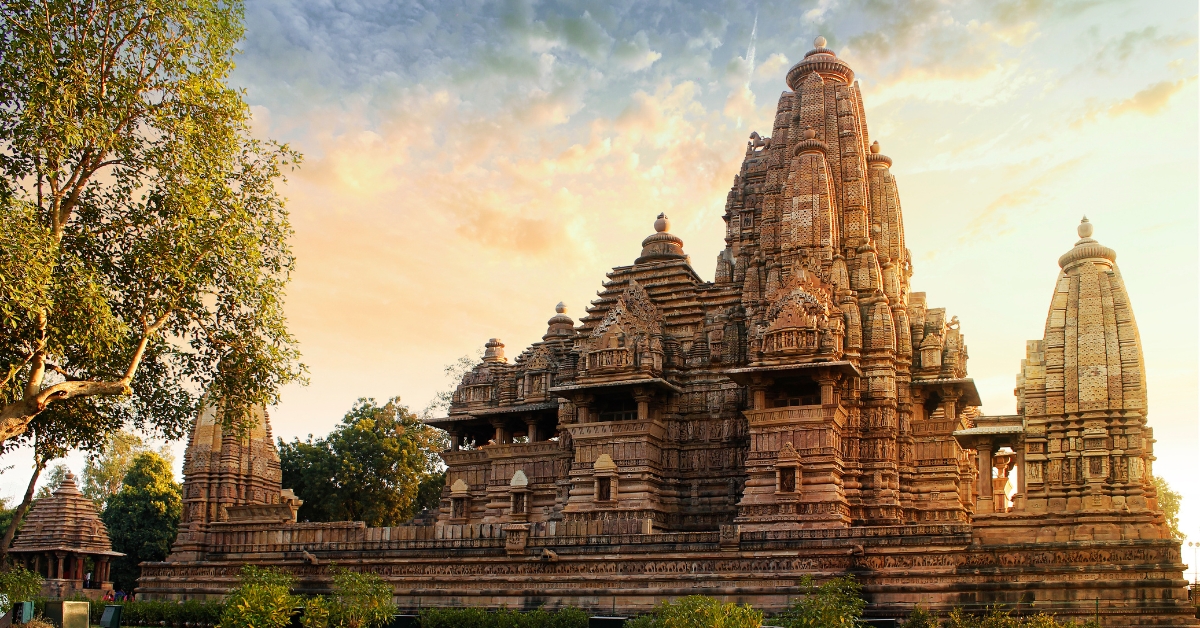
Popular Indian Dishes
Indian cuisine is known for its rich flavors and diverse culinary traditions.
Take advantage of the opportunity to savor popular dishes like biryani, butter chicken, samosas, dosas, and various regional specialties.
Embrace the vibrant street food culture, but choose stalls with high turnover and where the food is prepared freshly in front of you.
Trying Street Food Safely
Sampling street food is an integral part of the Indian culinary experience. To enjoy street food safely:
- Look for busy stalls with a reputation for cleanliness and hygiene.
- Ensure that the food is cooked thoroughly and served hot.
- Avoid consuming raw or uncooked items, including salads and cut fruits, to reduce the risk of foodborne illnesses.
Dietary Restrictions and Options
India offers a wide range of vegetarian and vegan options, making it a favorable destination for travelers with dietary restrictions.
Many restaurants and eateries clearly label vegetarian and non-vegetarian dishes.
If you have specific dietary needs, inform the restaurant staff, who can guide you on suitable choices or customize dishes accordingly.
Interacting with Locals
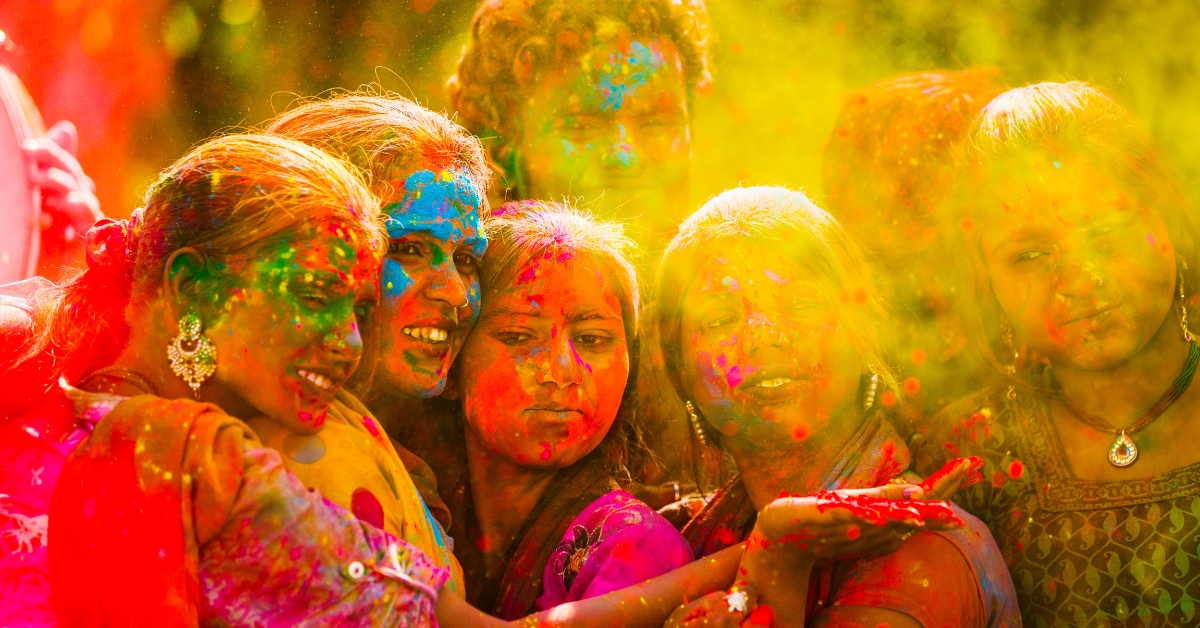
Learning Basic Phrases
Learning a few basic Hindi phrases can go a long way in connecting with locals and enhancing your travel experience.
Phrases like “Namaste” (Hello), “Dhanyavaad” (Thank you), and “Kripya” (Please) can help you navigate day-to-day interactions and show respect for the local language and culture.
Do not hesitate to ask locals for help or clarification, as many Indians are friendly and eager to assist.
Respecting Cultural Differences
India is a diverse country with multiple languages, religions, and customs. Therefore, respect the cultural differences you encounter during your journey.
Dress modestly, particularly when visiting religious sites or rural areas.
Be mindful of public displays of affection, as they may be considered inappropriate in certain contexts.
Research and follow local customs and traditions to avoid unintentionally offending.
Seeking Local Recommendations
Engaging with locals and seeking their recommendations can provide valuable insights and enhance your travel experience.
Locals can suggest hidden gems, lesser-known attractions, or authentic dining spots that guidebooks may need to mention.
Strike up conversations with hotel staff, tour guides, or fellow travelers to gather firsthand recommendations and gain a deeper understanding of the local culture.
Exploring Must-Visit Destinations
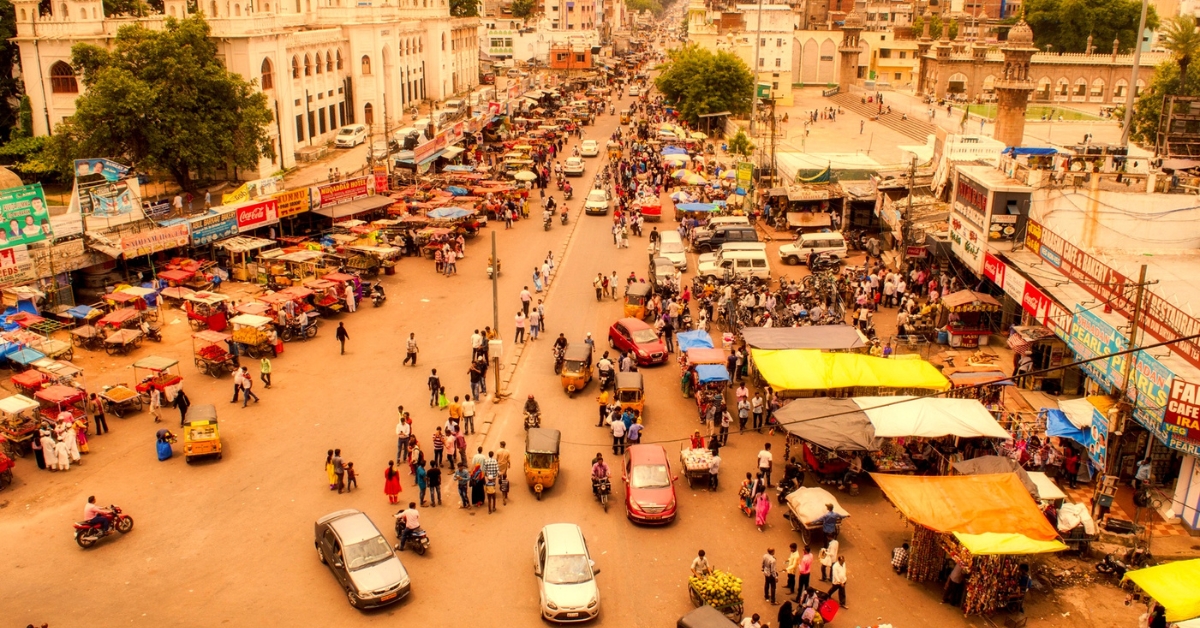
The Golden Triangle
The Golden Triangle, comprising Delhi, Agra, and Jaipur, is a popular tourist circuit in North India:
- Explore the historical wonders of Delhi, including the Red Fort and Qutub Minar.
- Witness the iconic Taj Mahal in Agra, a UNESCO World Heritage Site.
- Immerse yourself in Jaipur’s vibrant culture and architectural marvels, the Pink City.
Spiritual Retreats in India
India is renowned for its spiritual traditions and offers numerous spiritual retreats and self-discovery opportunities.
Visit Rishikesh, nestled in the Himalayas, to experience yoga, meditation, and spirituality.
Explore the serene backwaters of Kerala and discover Ayurveda, an ancient system of medicine and holistic healing.
Varanasi, on the banks of the Ganges River, is a sacred city known for its religious rituals and spiritual energy.
Experiencing the Vibrant Cities
India’s major cities are bustling commerce, culture, and history centers.
Mumbai, the financial capital, offers a vibrant blend of colonial architecture, bustling markets, and a thriving film industry.
Kolkata, known for its literary heritage, hosts grand festivals and embodies artistic pursuits.
Bangalore, the Silicon Valley of India, boasts a dynamic startup culture and lively nightlife.
FAQs
What is the best time to visit India?
The best time to visit India varies depending on the region. Generally, winter (October to March) offers pleasant temperatures for exploring most parts of the country. However, some regions, like the hill stations in North India, are best visited during the summer months (April to June) to escape the heat.
Is it safe to travel alone in India?
Traveling alone in India can be safe, but taking precautions is essential. Be aware of your surroundings, avoid isolated areas at night, and trust your instincts. Please stay connected with family and friends, share your itinerary with them, and keep them informed about your whereabouts.
How can I avoid getting sick in India?
To avoid getting sick in India:
Stick to bottled water or purified water to drink and brush your teeth.
Eat freshly cooked food and avoid raw or unpeeled fruits and vegetables.
Wash your hands frequently or use hand sanitizers, especially before eating.
Taking necessary vaccinations and carrying a first aid kit can also help.
Are credit cards widely accepted in India?
Credit cards are widely accepted in major cities and tourist destinations. However, carrying sufficient cash is advisable, especially when traveling to remote areas or smaller towns where cash transactions are more common. Inform your bank about your travel plans to avoid any issues with using your cards.
What are some popular souvenirs to buy in India?
India offers many unique souvenirs that reflect its rich culture and craftsmanship. Some popular souvenirs include handcrafted textiles, such as sarees and shawls, intricately designed jewelry, spices and teas, traditional handicrafts, and miniature paintings. Remember to purchase from authorized and reputable sellers to ensure authenticity and quality.
